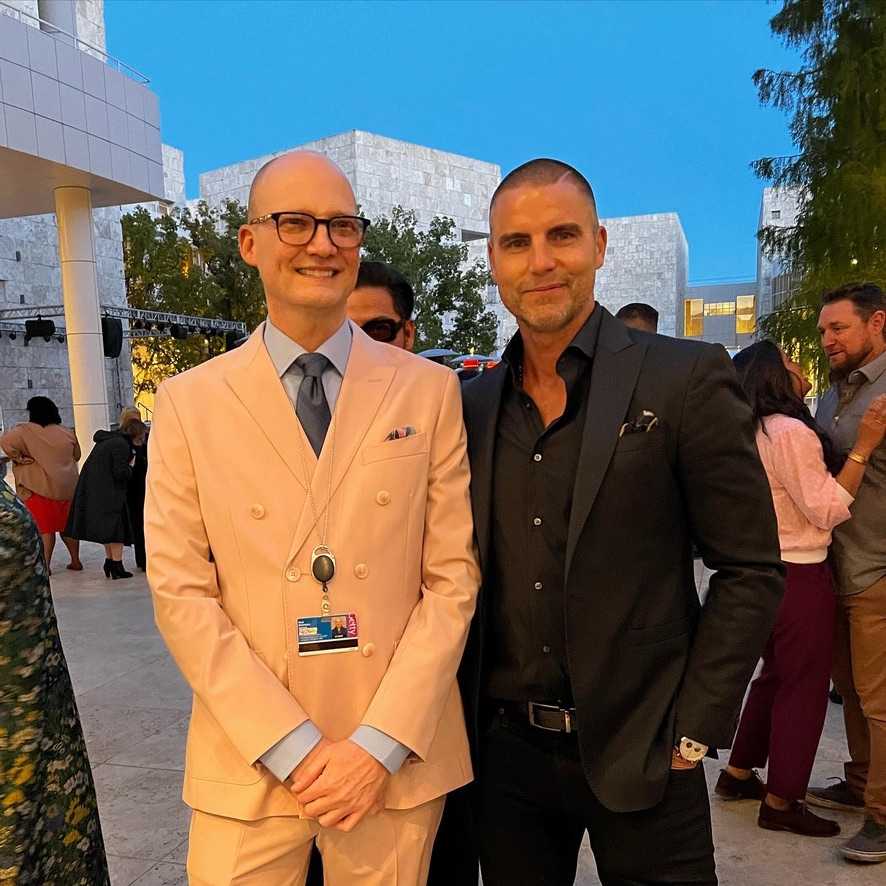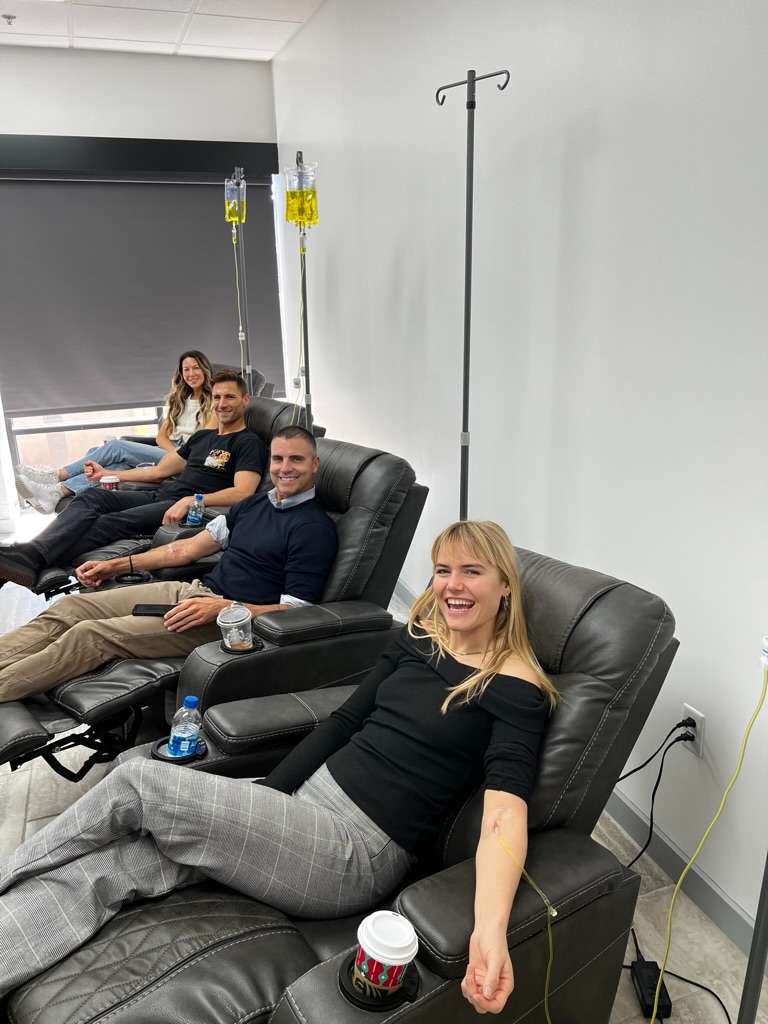While there is no cure for Alzheimer’s disease, medicine, and drugs are used to treat the symptoms and help patients manage their daily affairs better.
Cholinesterase inhibitors, particularly help with the neuropsychiatric symptoms such as anxiety, depression, agitation, and irritability by preserving the otherwise-depleting chemical messengers. The three most commonly prescribed of these are donepezil (Aricept), galantamine (Razadyne) and rivastigmine (Exelon).
The best treatment usually comes at a later stage that is combining one of these with an NDMA inhibitor called Memantine, resulting in the slowing of the progression of moderate to severe Alzheimer’s disease symptoms.
Ultimately, what matters most in Alzheimer’s is caregiving – both for the patient and the caregiver themselves.
Alzheimer’s disease results in a person losing what can be described colloquially as their “essence”, forgetting basic details about their life, lifestyle, and life partners. For this, the support of those around them is paramount. The need to monitor depression is also important, with two in 10 patients being diagnosed with severe depression.
However, anti-depressants bring a risk of being overprescribed in older patients, as do anti-psychotics, which have since long been discouraged and discontinued as common practice to prescribe to Alzheimer’s disease patients.
Caregivers should be expected to keep things organized for patients in the home so as to create a sense of familiarity and maintain links between memory lapses: keep their phone, wallet, keys, and similar items in the same place (as well as monitoring their presence at all times), reduce the number of mirrors in the house, and minimize clutter such as excess furniture.
Patients with Alzheimer’s disease should also be equipped with a medical alert bracelet and personally identifying information at all time, as well as good shoes that provide traction and a mobile phone that the caregiver can use to pinpoint their location from their own mobile.
Finally, to identify Alzheimer’s in its early stages is key: the MMSE test is one of the simplest for people to test whether they might be developing symptoms of Alzheimer’s.
Reaching out to a close relative or loved one for whom you might suspect the onset of Alzheimer’s is an important thing to do, as well as open and honest communication about their wishes for what they would like for you to do in a future where the situation grows more serious.


































